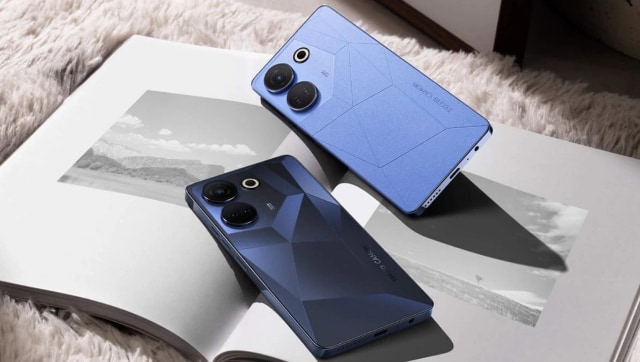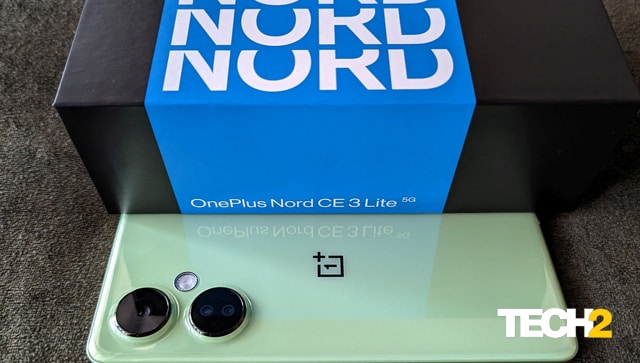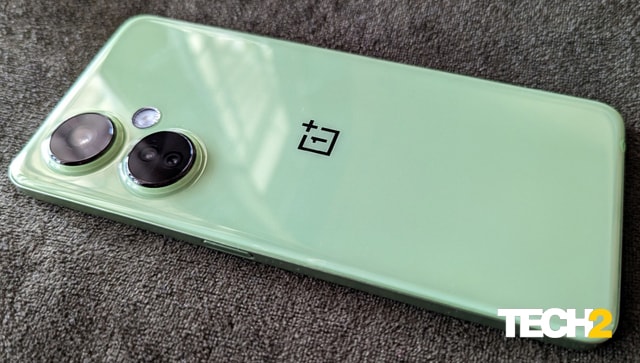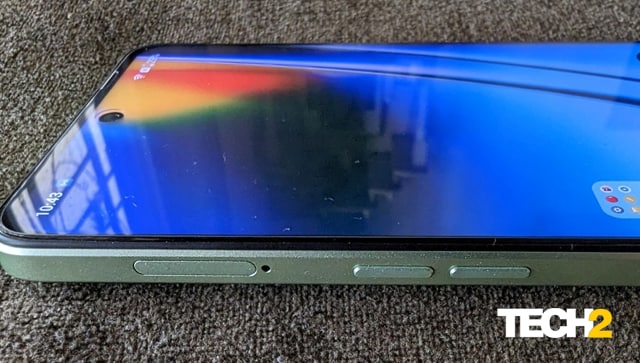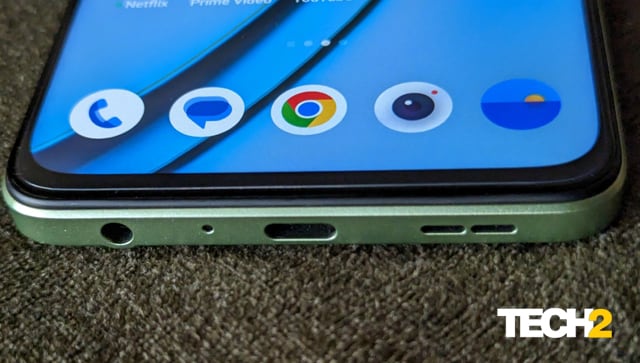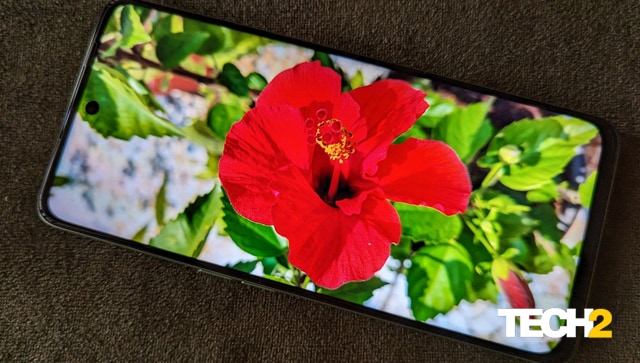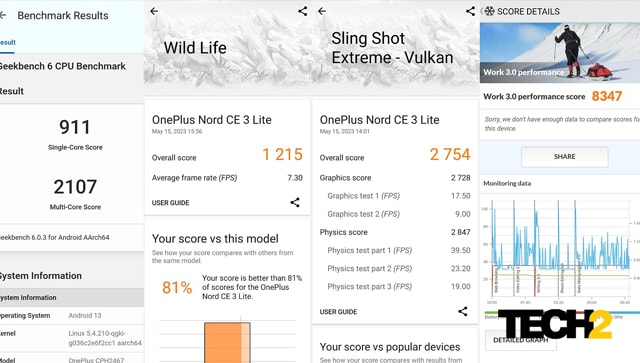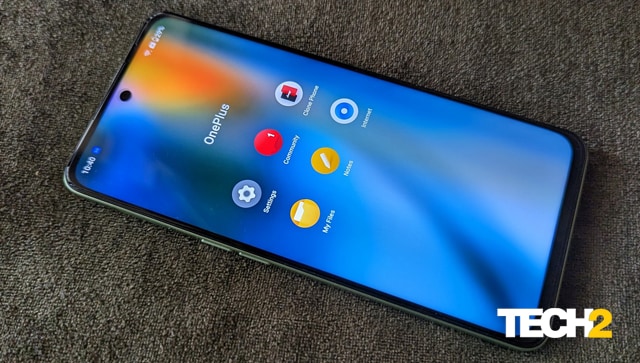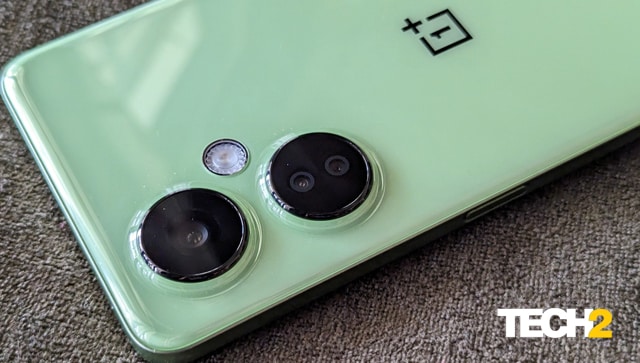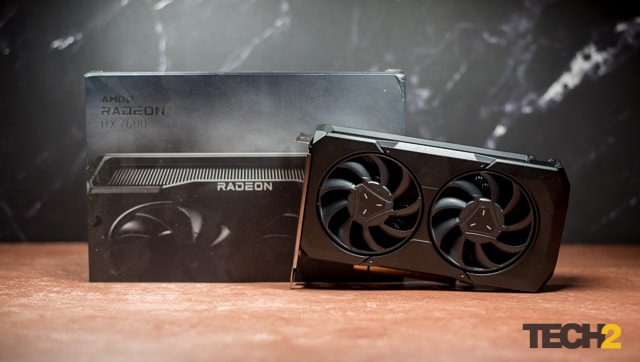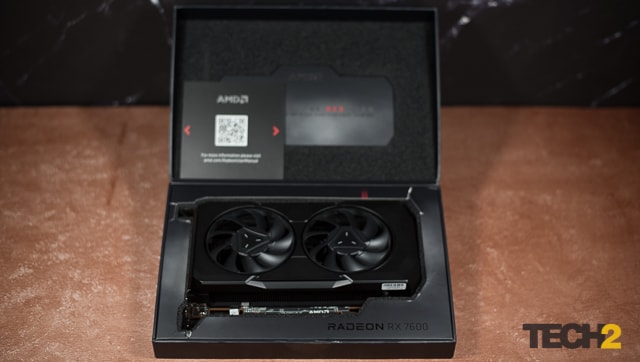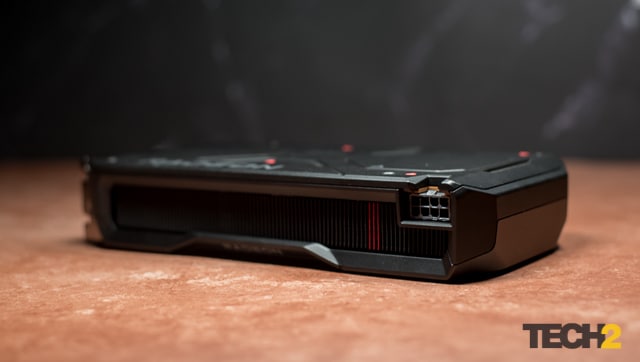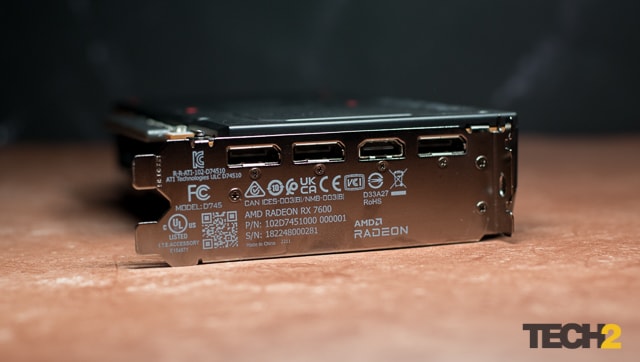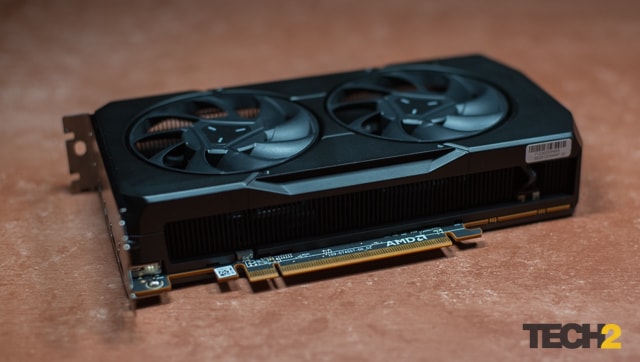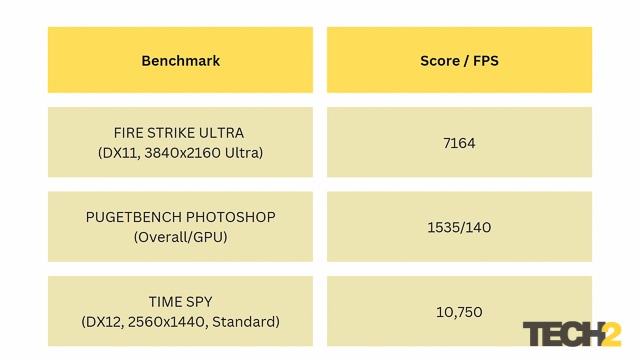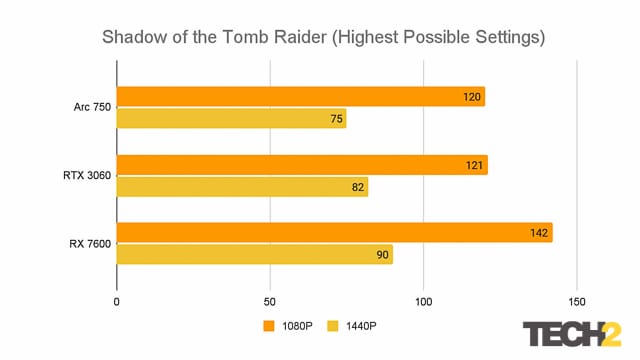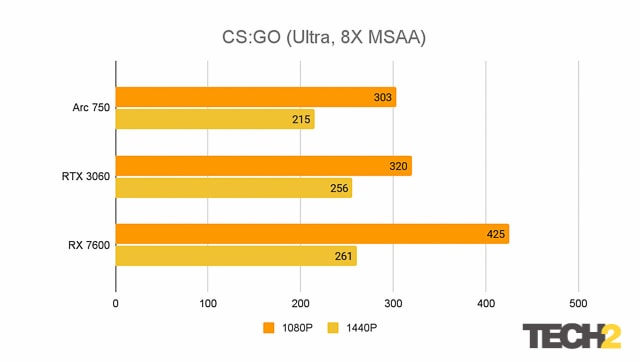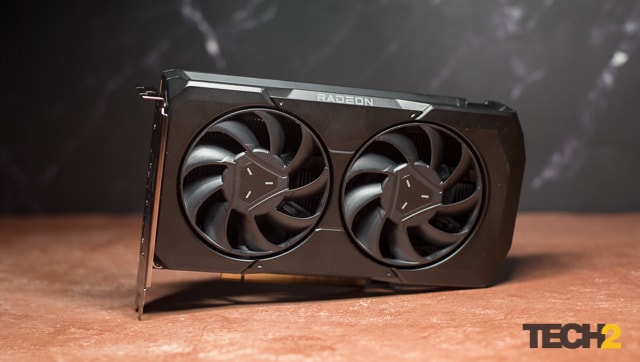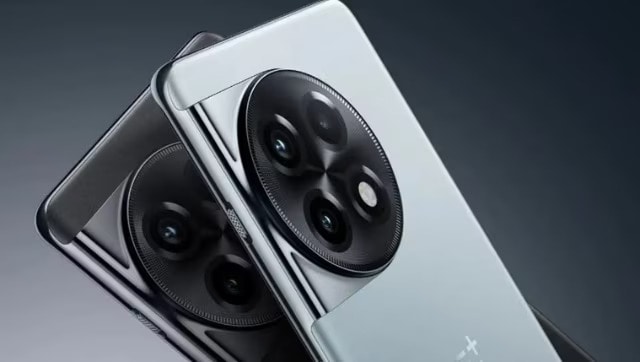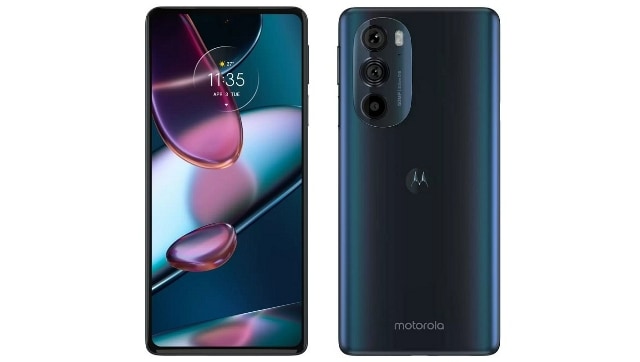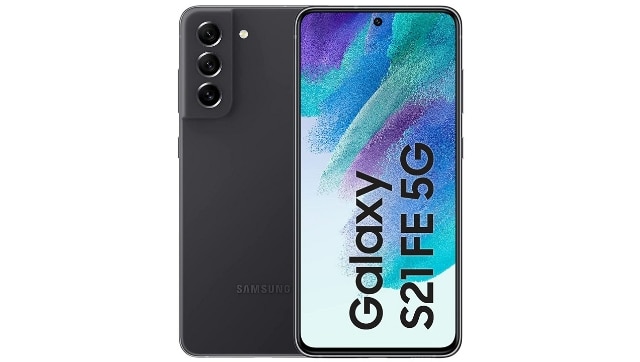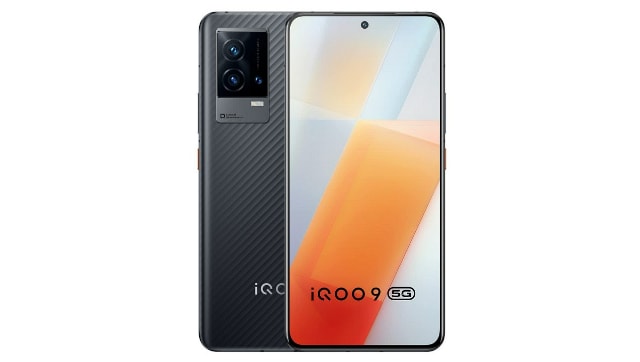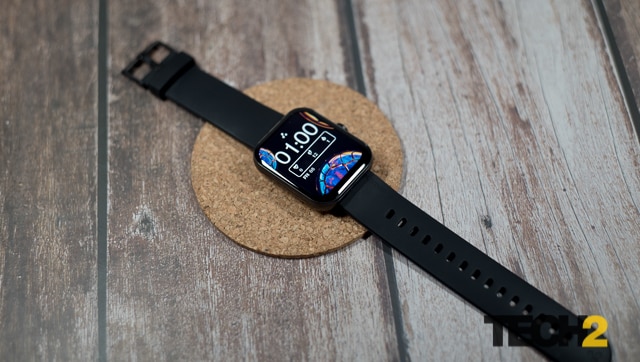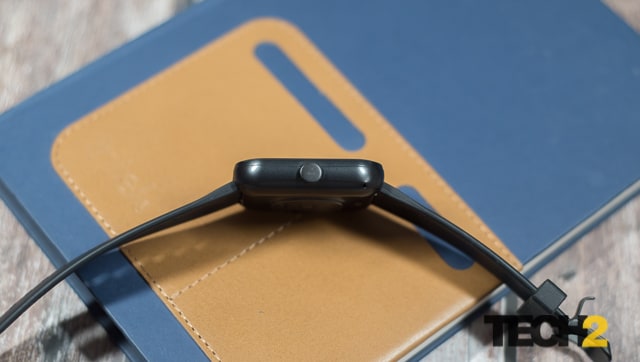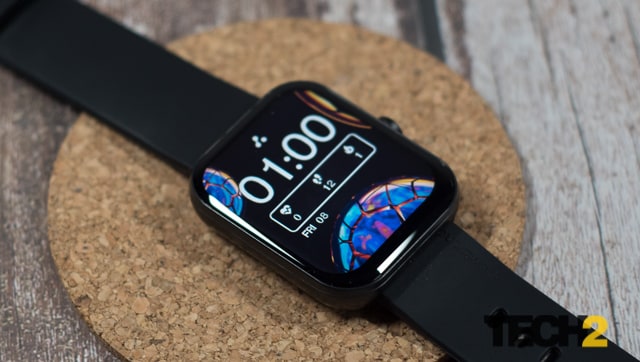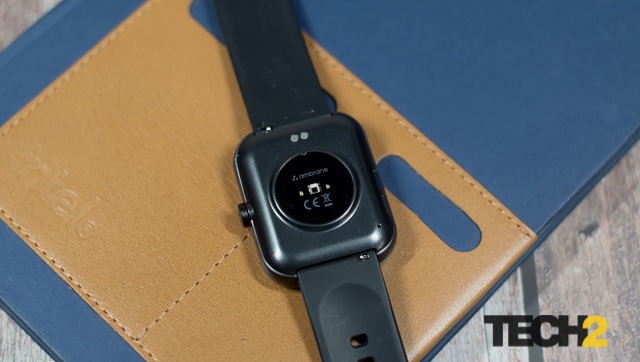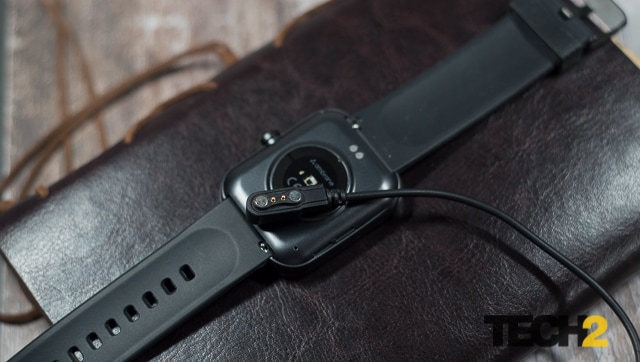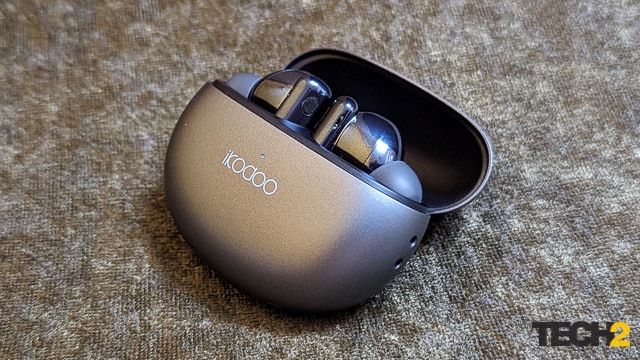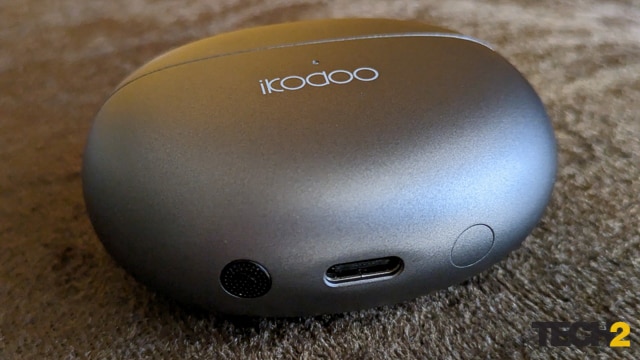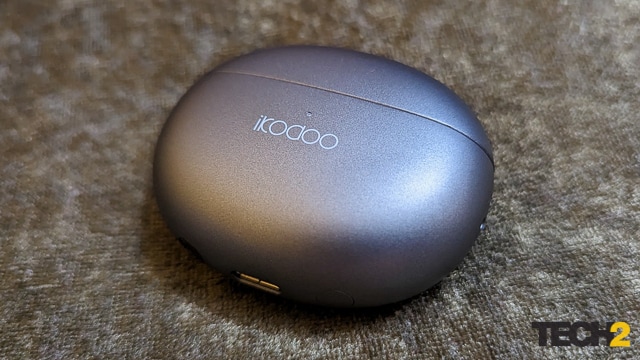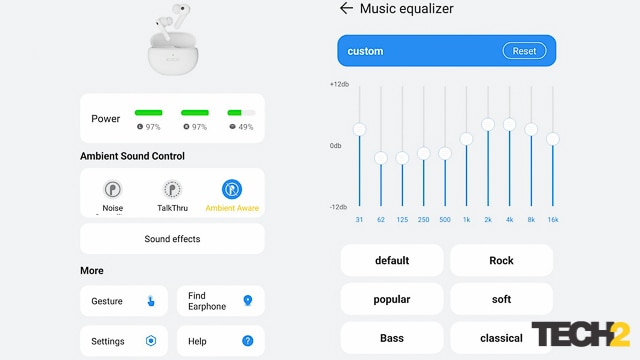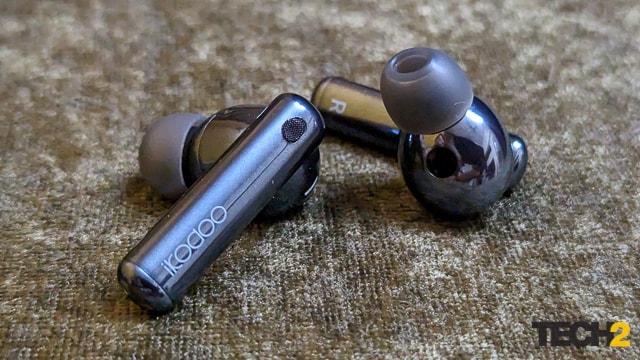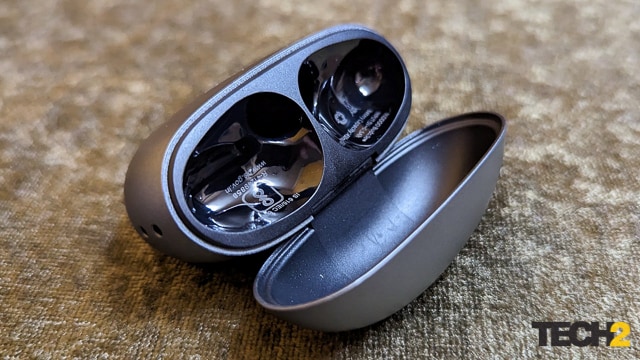Pros:
– Solid sound output
– Good dialogue clarity, punchy bass
– Modular approach for components is a good idea
– Easy to set up, 360 Spatial Sound mapping
– Chromecast, Apple AirPlay 2 and Spotify Connect built-in
– Dolby Atmos and DTS: X compliance
– Support for LDAC codec over Bluetooth
Cons:
– Expensive
– Only one HDMI port
– Can drive cost further up for true Dolby Atmos surround sound
Price: Rs 57,990 (soundbar only), Rs 99,980 (soundbar + SA-SW3 subwoofer + SA-RS3S surround speakers)
Rating: 4/5 (for the full setup)
Sony HT-A3000 is an entry-level model from the company’s premium series of soundbars, with more emphasis on premium. Yes, you may read that again. Sony has taken a very interesting approach here giving the potential buyers a choice of buying just the soundbar first and adding components like a wireless subwoofer and surround speakers later if they wish to. But can the soundbar deliver on its own or is the additional cost of add-ons unavoidable? Let’s find out.
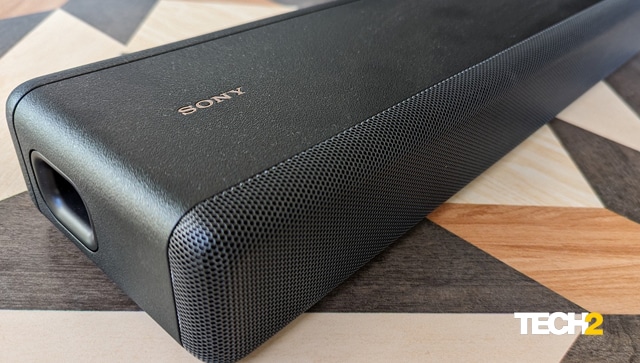
Sony HT-A3000 Soundbar: Design (8/10)
Sony gives you the option of keeping things simple and clutter-free by connecting just the soundbar – no subwoofer, no surround speakers. This HT-A3000 bar is a shade over 3-feet long and hosts quite a few components. You get the left, right and centre channels, and then you also have two bass units that Sony prefers to call ‘subwoofer’ for some reason; we will stick to bass units. Despite the Dolby Atmos compliance that this bar flaunts, there are no height channels here. More on that later.
The bar has an all-black body with a matte finish, a metal grille at the front and curved edges that make it look premium. The construction is sturdy, and the bar weighs over 4.5 kilos. It can be wall-mounted or placed on a desk. The top of the soundbar has touch controls and the connectivity ports are present at the back. There is a small LED display at the front behind the grille, which is always handy. It displays the input mode as well as volume among other things. All the necessary cables are bundled, along with a fairly long HDMI cable.
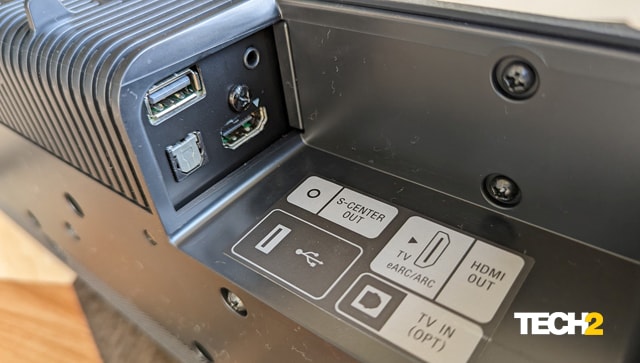
While these aren’t a part of the default package and sold separately, Sony India also sent across the SA-SW3 subwoofer and SA-RS3S surround speakers for review. Buyers also have an option of pairing this soundbar with the more powerful SA-SW5 subwoofer and the more versatile, and of course more expensive, SA-RS5 surround speakers. You can mix and match the components too, which is an approach I like as it caters to broader needs and budgets.
The aesthetics and finish of the additional components match that of the A3000 bar and they feel like a part of the same family. While setting up surround speakers is generally a cumbersome exercise, that’s not the case here. The SW3 subwoofer as well as the RS3S speakers are completely wireless, but you do need power sockets wherever you plan to place them. Setting them up was a breeze, and all the components talk to each other as soon as they are powered with minimal involvement of the user.
Sony HT-A3000 Soundbar: Specifications and Features (8.5/10)
Continuing on the topic of setup, the HT-A3000 supports 360 Spatial Sound mapping which gauges the shape of your room and creates multiple phantom (virtual) speakers to give you a more immersive surround sound experience. However, you can take advantage of this feature only if you opt for the rear speakers. Otherwise it operates in a 3.1 channel mode, with or without the subwoofer, with all the sound coming from the front. All the popular connectivity options are present on the A3000 soundbar. You get a 3.5 mm Aux input, Optical in, USB and as well as HDMI eARC.
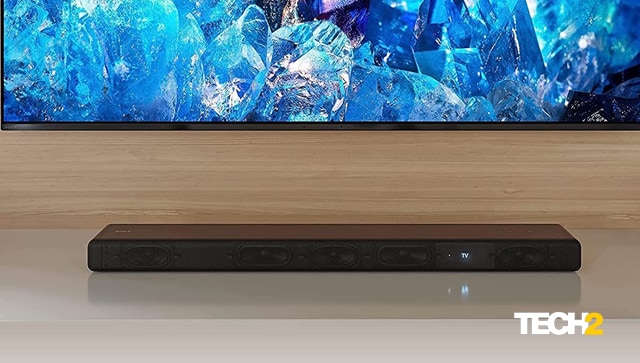
Given that this is a premium soundbar, I would have preferred at least one more HDMI port with a passthrough option. Frankly, I was quite surprised and disappointed to see it missing. You have Bluetooth 5.0 for wirelessly streaming audio to the soundbar. What’s even better is the presence of LDAC codecs in addition to SBC and AAC for much better bandwidth. Speaking of wireless, this soundbar also has dual-band WiFi, and once you connect to a local WiFi network, you can make use of the built-in Chromecast, Apple AirPlay 2 and Spotify Connect to stream audio directly to the soundbar. This is a more than handy feature to have.
The HT-A3000 is compliant with several popular sound standards like Dolby Digital, Dolby Digital Plus, Dolby TrueHD, Dolby Atmos, DTS HD, DTS: X and more. The soundbar has a total rated output power of 250 Watts RMS. The SA-SW3 subwoofer can pull another 200W, while the RS3S surround speakers add another 100W, thus taking the overall output to 550 Watts if you opt for all the components. Sony hasn’t provided details about the size of the drivers used in different components of this setup barring the subwoofer, which has a 160 mm driver.
A full-function infrared wireless remote control is also bundled in the package along with a pair of AAA batteries to power it. The remote is nice and compact and gives you access to a lot of functions that include master as well as subwoofer and surround speakers volume control, input selection, playback controls and more. The soundbar is also compatible with Google Assistant and Alexa, and certain functions can be controlled using voice commands.
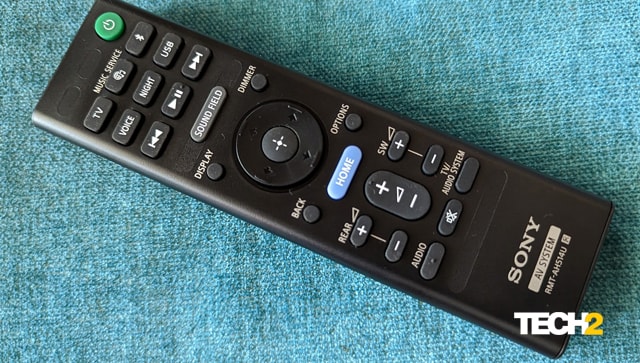
Sony HT-A3000 Soundbar: Performance (8/10)
I tried using different inputs of the soundbar, but focused mainly on the HDMI input and wireless streaming. Also, let’s start just with the soundbar without the additional speakers. Audio playback was pretty crisp and clear, and while the bass units provided noticeable warmth to the sound, they couldn’t deliver the punch that a dedicated subwoofer can, especially in action sequences. Streaming music over WiFi, as well as Bluetooth (with LDAC codec), actually sounded quite pleasant on the soundbar without the sub in play.
Bringing the subwoofer into the equation changes the game, especially when watching web-series or movies, which is what this soundbar is primarily meant for. The SW3 subwoofer delivers a punchy yet fairly tight bass and elevates the experience quite a few notches. The dialogue clarity remained good and the additional warmth to the sound was absolutely welcome. So buying the A3000 without a sub makes little sense; probably applies to a majority of the soundbars out there.

While this true 3.1 channel experience is quite pleasant, all the sound still comes from the front of the listener, and you do not get a true surround sound experience. For that you need to add the surround speakers. There is a lot of content encoded with 5.1 channel audio on OTT platforms like Netflix and Prime Video, and the A3000 with all the add-ons can take advantage of that and provide you with a near theatre-like experience in your living room. The surround sound experience with the right content was quite impressive with the RS3S speakers connected. Loudness wasn’t an issue at all in a mid-sized room.
I am not sure you get the optimal Dolby Atmos experience with this setup as it lacks the height channels (upward-facing drivers). For that, you may need to purchase the SA-RS5 surround speakers that have the height channels and convert this system into a 5.1.2 channel setup, which should be able to handle a Dolby Atmos stream better. However, that will drive the cost up by another 17K.
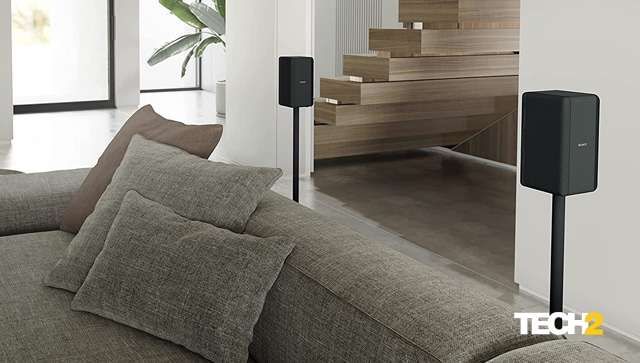
There is another requirement for Dolby Atmos – your TV or player needs to have an HDMI eARC port. A standard HDMI ARC can deliver 5.1 channel audio but in Dolby Digital Plus mode. Always keep that in mind before you choose to buy a Dolby Atmos-compliant sound system.
Sony HT-A3000 Soundbar: Price and Verdict
The Sony HT-A3000 soundbar launched at Rs 69,990 and can be purchased for Rs 57,990 with a one-year warranty on Amazon India and several offline stores. Mind you, that is the price of the soundbar alone. If you choose to add the SA-SW3 subwoofer, which you should if you intend to purchase this soundbar, the total cost jumps to Rs 83,980. And lastly, the addition of SA-RS3S surround speakers will take the cost of this setup Rs 20 short of a lac. Keep all these factors in mind before taking the plunge.
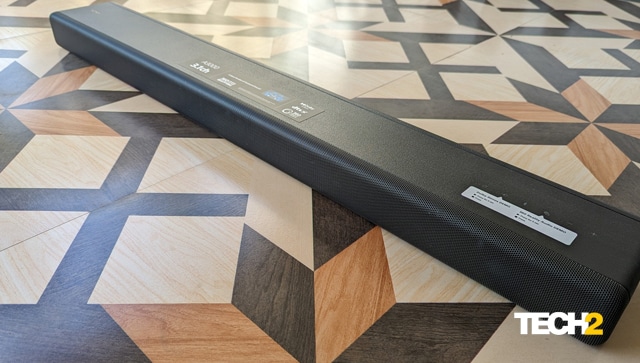
All things considered, the Sony HT-A3000 with the subwoofer and surround speakers is an impressive sound system for Rs 99,980 that delivers a detailed sound output with ample punch. Features like built-in support for Chromecast, Apple AirPlay 2 and Spotify Connect as well as voice assistants are great to have. Support for LDAC codecs over Bluetooth is another big plus.
The only major drawback is the lack of at least one more HDMI port which would have added more versatility to this device. Of course, the price is on the higher side too and may go even higher depending on the choice of add-ons. But if you have the budget, this is one of the better near-wireless surround sound systems available under a lac Rupees in India.
from Firstpost Tech Latest News https://ift.tt/S2lsB41

